HISTORICAL BACKGROUND OF TOURISM
IN KARAKURM-HINDU KUSH REGION
Mumtaz Hussain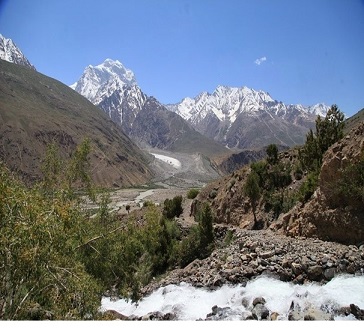
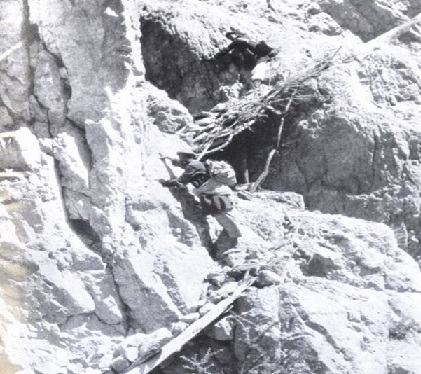
The central part of the Continent of Asia is covered by a number of mountain ranges which are interlocked in a central mountain mass called Pamir. Topography of the entire region is very rugged and almost no flat land is found here. Mountains are steep, valleys are narrow and the higher altitudes are covered with permanent snow and glaciers. Communication with the outer world has been very difficult for the people living here. The valleys themselves are mostly cut off from one another, that is why the region is a plethora of races, cultures and languages.
The people outside the region knew nothing or very little about the interior of the region, and mystery shrouded it for thousands of years. Some petty traders or wandering mystics now and then penetrated the valleys, but they have left no account of their travels. The earliest accounts of the area were recorded by Chinese Buddhist pilgrims who crossed or skirted the mountains on their way to India and Gandhara. Among these, Faxian and Xuanzang were mainly responsible for introducing these areas to the outer world. The first European to cross this region was Marco Polo who crossed or at least skirted the mountains and left lucid description of them. Jesuit missionaries crossed the mountains from South to North on their way to China in the sixteenth century and recorded details of the interior of the region.
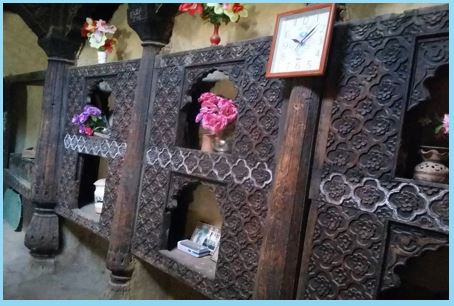
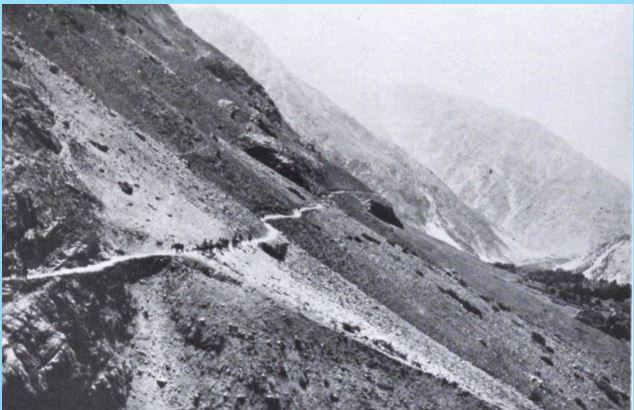
Towards the middle of the nineteenth century, the British in India occupied Punjab and came close to the mountains. Before that some Europeans had already penetrated the mountains up to some distance, but most of the region was still Terra-incognita for them. In the meantime, the Russian e Empire was rapidly expanding towards these mountains from the North, thereby creating threat perception on both sides. Now exploration of these mountain became a political necessity rather than just a scientific curiosity, and a tug of war ensued between the Britishers and the Russian for the expansion of their influences to these mountainous regions. Explorers and diplomats flooded the petty mountain principalities and chieftainships for winning over their rulers. These explorers wrote some of the best accounts of the geography and people of the region.
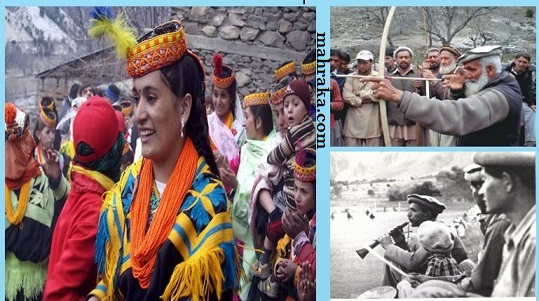
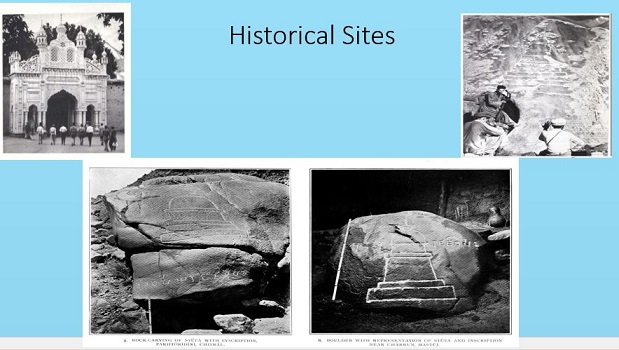
With the beginning of the twentieth century, the spheres of influence of both the empires were finally decided, with Afghanistan as buffer state between them. The British brought political stability and peace in at least some parts of the Karakorum-Hindukush region. Many parts of the region were opened for the foreigners for the first time. Roads were cut through the mountains and rest houses or bungalows were built for the visitors at many places. This paved way for the birth of genuine tourism in the region. First came explorers like Schomberg, who scaled the entire region, and wrote detailed accounts of their travels. Then came trekkers and mountaineers. Mountaineering had been developed as a sport during the nineteenth century in Europe. But the mountains of Europe were nothing when compared to the mighty peaks of Karakourm and Hindukush. The earliest attempts at high peaks were made by surveyors like William Martin Convay who climbed many peaks in the Karakorum up to the height of 2300 ft., before the beginning of the 20th Century. Once the mountains were surveyed, regular mountaineering expeditions started pouring in. Here is a list of some major peaks with their first climbers.
| Peak | First Attempt | First Ascent |
|---|---|---|
| K2 (Karakorum) | 1902, British team led by Oscar Eckenstein | 1954, Italians led by Ardito Desio |
| Nanga Parbat (Himalaya) | 1895 Albert F. Mummery | 1953 by Austrian climber Hermann Buhl |
| Gasherbrum-I (Karakorum) | 1934, Swiss team | 1958, by Americans |
| Broad Peak (Karakorum) | 1957, by Austrians | |
| Gasherbrum-II (Karakorum) | 1934, International expedition led by Günter Dyhrenfurth | 1956, Austrians |
| Gasherbrum-IV (Karakorum) | 1958, by Italians | |
| Terichmir (Hindukush) | 1935, German team | 1950, by Norwegian team led by Professor Arne Naess |
| Istor o Nal (Hindukush | 1955, Princeton University team US | |
| Saraghrar (Hindukush) | 1958, British team led by Ted Norish | 1959, Italians led by Fosco Maraini |
| Buni Zom (Hinduraj) | 1957, New Zealanders |
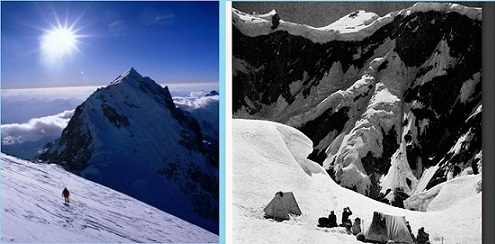
In 1947, the British left and the entire Karakorum-Hindukush region acceded to Pakistan. The new nation was ambitious to develop every field of its economy including tourism. Chitral was more open to tourists in the post-independence era because there were some restrictions in the Karakorum region due to its proximity to the line of control. Slowly roads were improved and many became practicable for motor transport. Gilgit and Chitral were connected by jeep-able roads with the rest of the country through Babusar and Lawari passes respectively. Air strips were built at both places and regular air traffic began during 1950s.

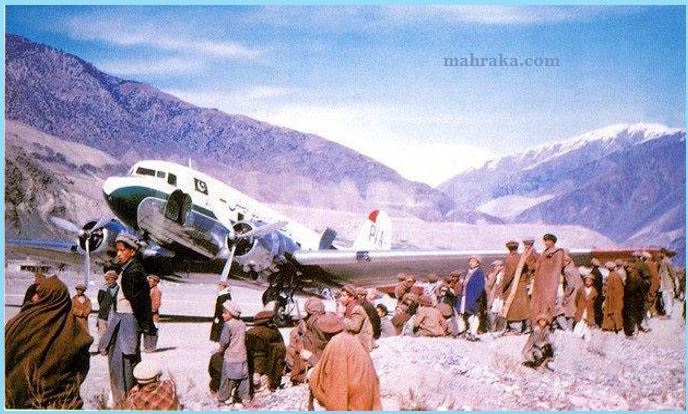
The influx of tourist especially mountaineering expeditions produced employment opportunities for the local people in the form of tourist guide, hoteling and porters. Small hotels were started by the locals, and some of them stated working as guides. In Chitral, Abdul Samad was the first tourist guide who also maintained a small hotel in Drosh. Another guide/interpreter was Maulai Jan of Terich whose career was cut short by an air crash while flying from Peshawar to Chitral. Babu Muhammad is the well known guide in the region, who started working in 1958, and is still in the field.
Apart from the mountains, another tourist attraction of the region is its cultural and linguistic diversity. Nowhere on the earth are so many cultural and linguistic groups cramped into such a limited area. The most interesting of these groups are no doubt the Kalash, who have preserved their religion and culture for thousands of years. Kalash valleys in Chitral became one of the tourist attractions of Pakistan. Besides ordinary tourists, many individuals and groups came to these valleys for the purpose of anthropological and linguistic research on these people.
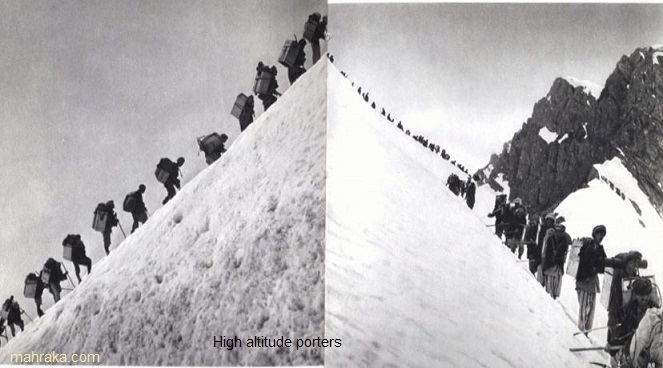

From 1960s onward, the world saw the rise of “Hippy” movement. The Northern areas of Pakistan were a popular Hippy destination. Hippies were not very promising for the tourism industry; nevertheless, cheap hotels and local transport benefited from them.
During 1990s the disturbances in Malakand left their bad effects not only on Swat but Chitral as well. Instability in the neighbouring Afghanistan also shed its long shadows on the tourism sector of Pakistan. The final blow came with the 9/11, after which the number of tourists coming to this region, especially to Chitral, fell drastically. Not only the tourists themselves avoided visiting the region, but the Government too did not encourage them to come here. If any one came here facing all odds, he had to move about with security guards.
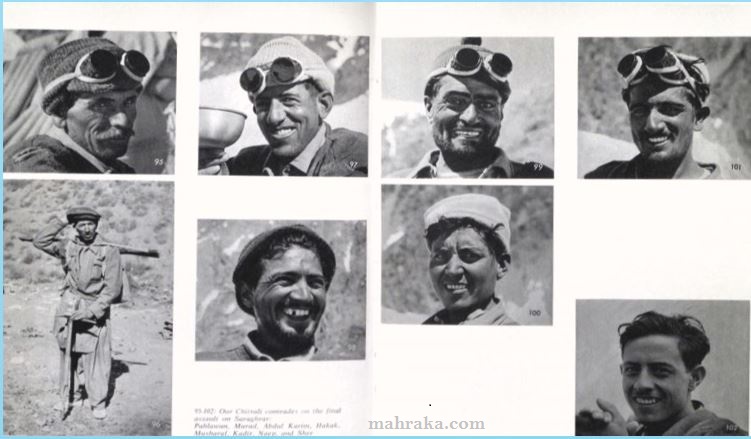

Now following strict measures taken by the Pakistani Government to restore law and order in the disturbed tribal region, situation has become much better, and slowly tourists are again returning to the region. Government has relaxed some of the restrictions on tourists, and two expeditions have reached Chitral to climb peaks in the Terichmir group.
During all this time facilities for tourists have steadily improved. Roads have bcome a lot better, air service has become more reliable than before and many good hotels have come up in various towns of the area. With the completion of the KKH and the Lawari Tunnel, the region will become more open to the outer world.
 Back
Back
